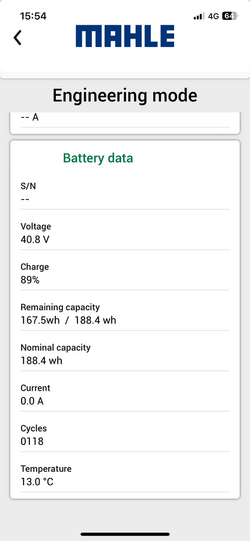Perhaps I'm more disconnected from the real world than I'd thought; however the cost of a replacement battery seems shocking 
Granted you're doing a lot of distance... if you break it down per mile on the supposition that your battery has now reached the end of its life (going by the industry standard practice of replacement once capacity has fallen to 80%); assuming 40 miles per working day is about 10k miles per year and £800 replacement cost you're looking at about 8p per mile. If we're charitable and say degradation remains linear and you use the battery until it's hit 50% rated capacity that brings cost down to about 2.5p/mile.
I suppose to be fair the latter's value's not utterly terrible although potentially more than you'd expect to spend on other cycling consumables.
Are you attempting all you can to prolong the battery's life, such as trying to keep charge capacity between 40 and 80%..?
Sadly it seems that your experience of this bike hasn't been great and only continues to reinforce many of my misgivings about ebikes - with some of my major draws to cycling (long-lasting and sustainable products, low / manageable running costs and gear you can usually maintain yourself) seemingly very much off the menu when it comes to their assisted counterparts

Granted you're doing a lot of distance... if you break it down per mile on the supposition that your battery has now reached the end of its life (going by the industry standard practice of replacement once capacity has fallen to 80%); assuming 40 miles per working day is about 10k miles per year and £800 replacement cost you're looking at about 8p per mile. If we're charitable and say degradation remains linear and you use the battery until it's hit 50% rated capacity that brings cost down to about 2.5p/mile.
I suppose to be fair the latter's value's not utterly terrible although potentially more than you'd expect to spend on other cycling consumables.
Are you attempting all you can to prolong the battery's life, such as trying to keep charge capacity between 40 and 80%..?
Sadly it seems that your experience of this bike hasn't been great and only continues to reinforce many of my misgivings about ebikes - with some of my major draws to cycling (long-lasting and sustainable products, low / manageable running costs and gear you can usually maintain yourself) seemingly very much off the menu when it comes to their assisted counterparts

Last edited:


